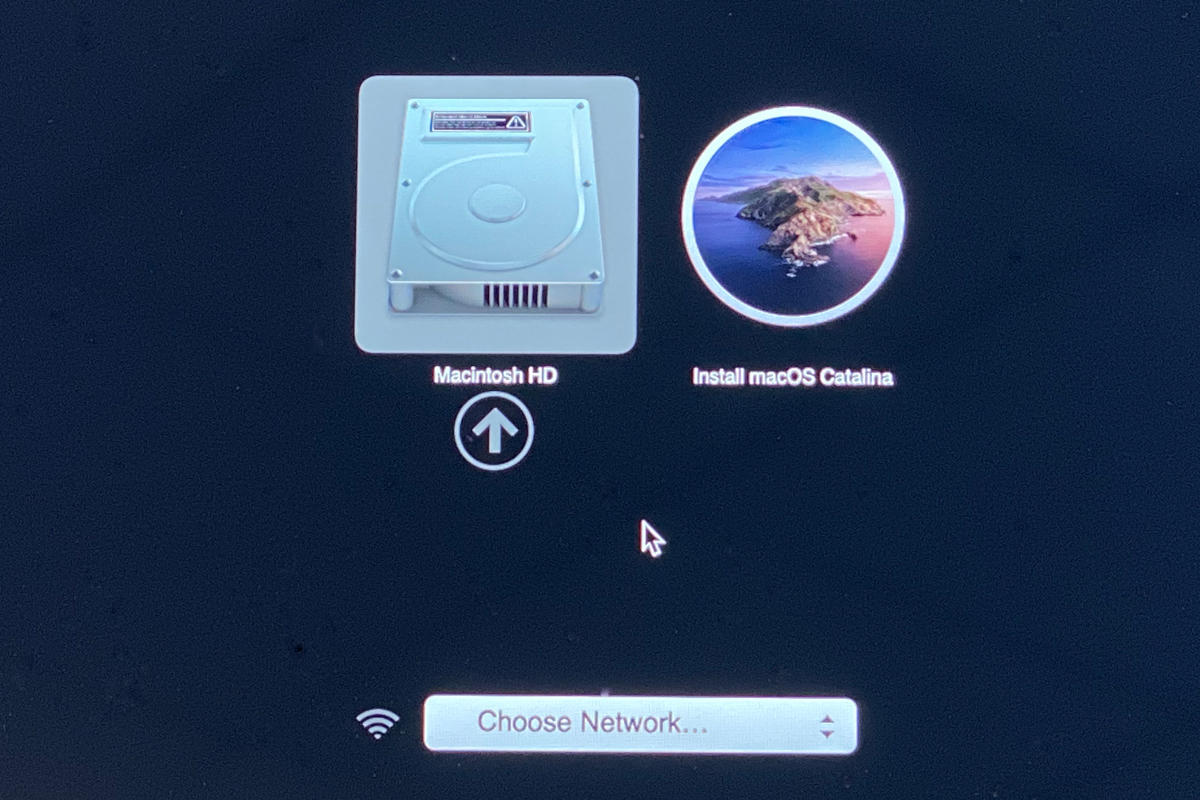

After months of beta testing, Apple has rolled out macOS 10.15 Catalina to public users. You can download and install macOS Catalina if you have a compatible Mac. The macOS Catalina brings tons of new features such as the Apple Arcade, Screen Time, Voice Control, Sidecar, and Find My app. It has also replaced iTunes with three independent apps – Apple Music, Apple Podcasts, and Apple TV.
Is your Mac compatible with macOS Catalina?
Here’s the list of Mac devices compatible with the new software update:

- This article guides you through the process of performing a clean installation of macOS 10.15 Catalina using the bootable USB drive method, rather than upgrading your Mac using Apple's standard.
- Using the USB drive, you can boot your Mac, start system recovery and format your system before installing the operating system. Here is how you can easily create a macOS Catalina bootable usb.
- When finished, you will see the following Install macOS Catalina in your Applications folder. Format the USB Disk. Now insert your USB disk and then open Disk Utility. We are going to format our USB flash disk. Select your disk from the left panel and then click Erase. Give a name such as “usb” or anything.
Unable to install macOS Catalina with bootable USB without macOS recovery partition. I had deleted the macOS and macOS recovery partitions many months ago to increase the capacity for the Bootcamp Windows. Now I want to reinstall macOS via a bootable USB, but on booting into it, it gets stuck in the spinning globe screen forever. Make sure the USB drive is connected to the Mac. Next, click on the Apple logo from the top left and choose Restart. When you hear the startup sound or see the Apple logo, immediately press and hold the Option key. Select the bootable installer as the startup disk, and follow the instructions.
- MacBook (Early 2015 or later)
- MacBook Air (Mid 2012 or later)
- MacBook Pro (Mid 2012 or later)
- Mac mini (Late 2012 or later)
- iMac (Late 2012 or later)
- iMac Pro (2017)
- Mac Pro (Late 2013 or later)
How to clean install the new software update

Upgrading to macOS 10.15 Catalina is pretty simple. Tap on the Apple icon in the top-left corner of the screen, then go to System Preferences > Software Update to download it. Alternatively, you can download it directly from the Mac App Store.
But sometimes upgrading macOS from the previous version to the latest one is not the best way. You might want to clean install macOS Catalina to give your Mac a fresh start without any issues from the previous installation. Here’s how to clean install macOS Catalina from USB drive:
Bootable Usb Drive Macos Catalina
Steps to install
- Take a full backup of all your important data. Save it to the cloud or an external drive
- You have to create a bootable USB drive. Here’s how you can create it. Make sure the USB drive is at least 8GB in size, and nothing else is stored on it
- Download the macOS Catalina installation file using this link
- Turn off the Mac and then insert the bootable USB drive
- Now turn the Mac back on while holding the Option key
- It will take you to the boot menu where you can select the USB drive. If your Mac has the T2 security chip, you have to first enable booting via external drives from macOS Recovery
- After a while, you’ll see the macOS Utilities menu on the screen. Select Disk Utility and then Continue
- Check to make sure you’ve selected the main drive of your Mac. Also ensure that the format is set as APFS or Mac OS Extended
- Now click Erase to wipe out the drive
- Once the drive has been erased, select Install macOS and then Continue. Just follow the on-screen prompts to clean install macOS Catalina
Mac Os Catalina Bootable Usb

Create Mac Os Catalina Bootable Usb
Once you’ve successfully installed the new software, you can transfer all your data back from the cloud or external storage drive to the Mac. Also, head over to the Mac App Store and re-install all the apps you want.